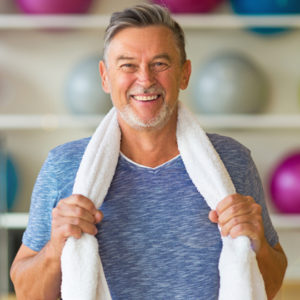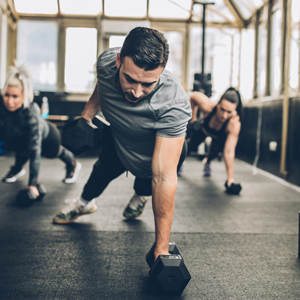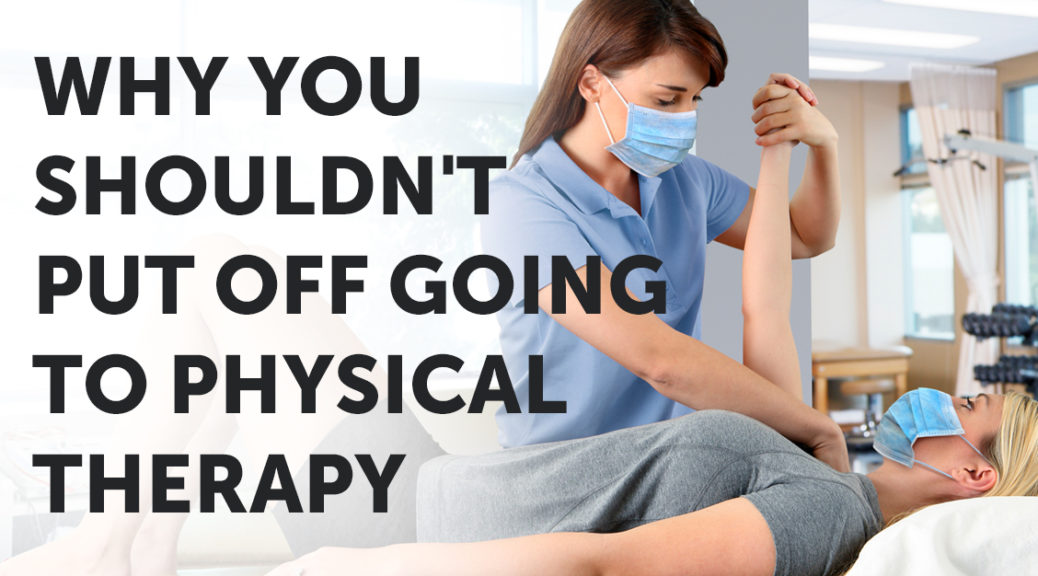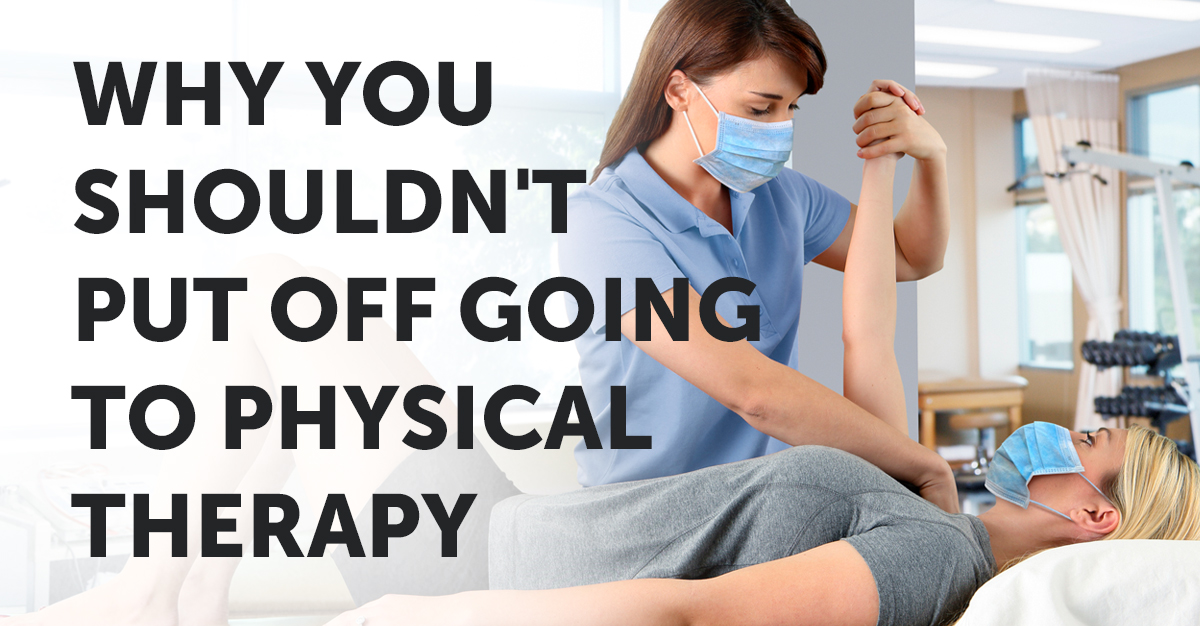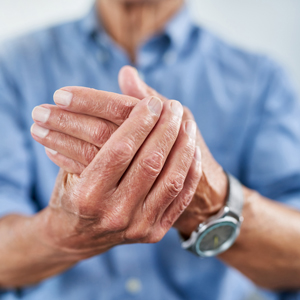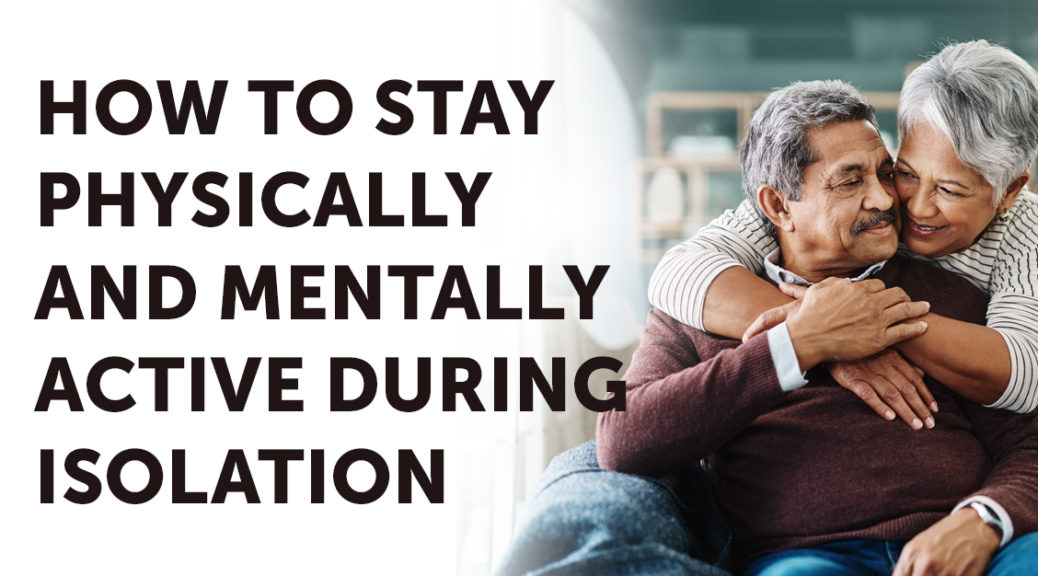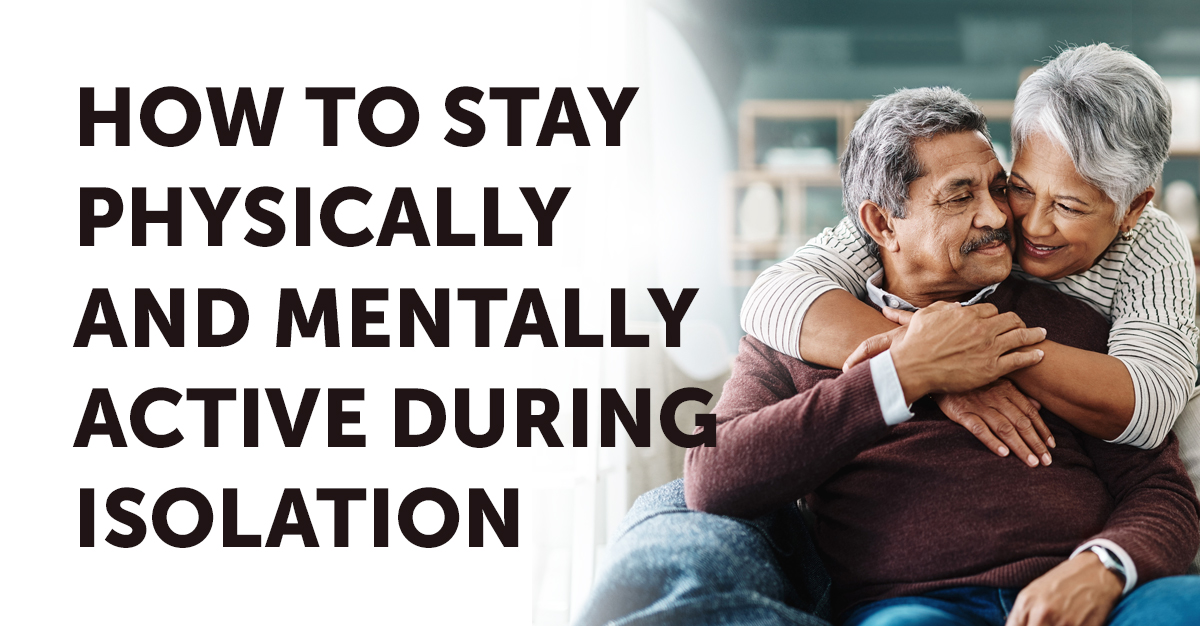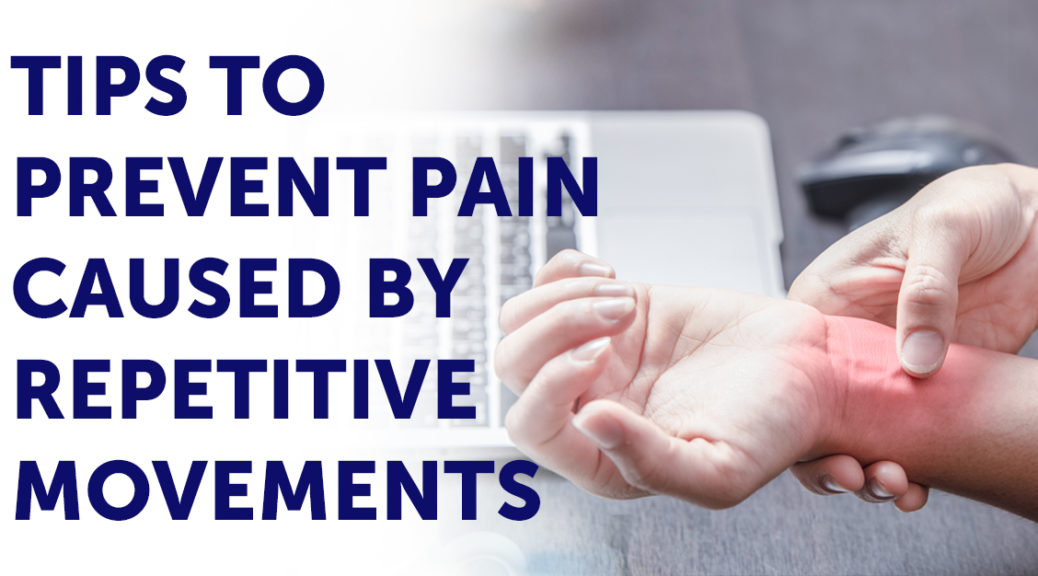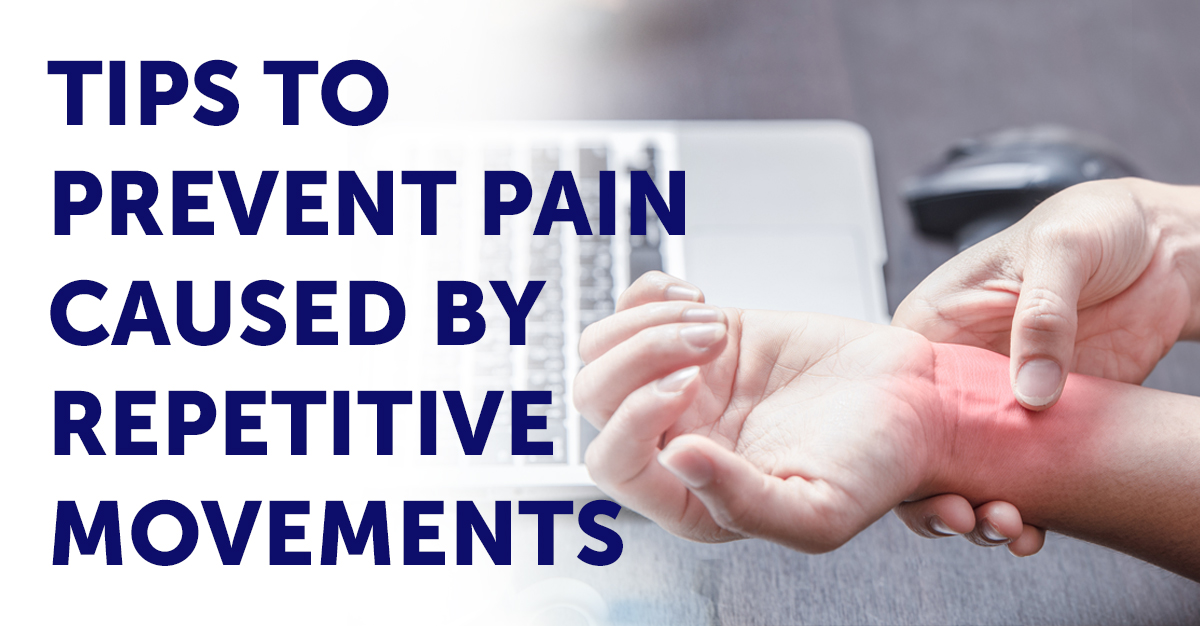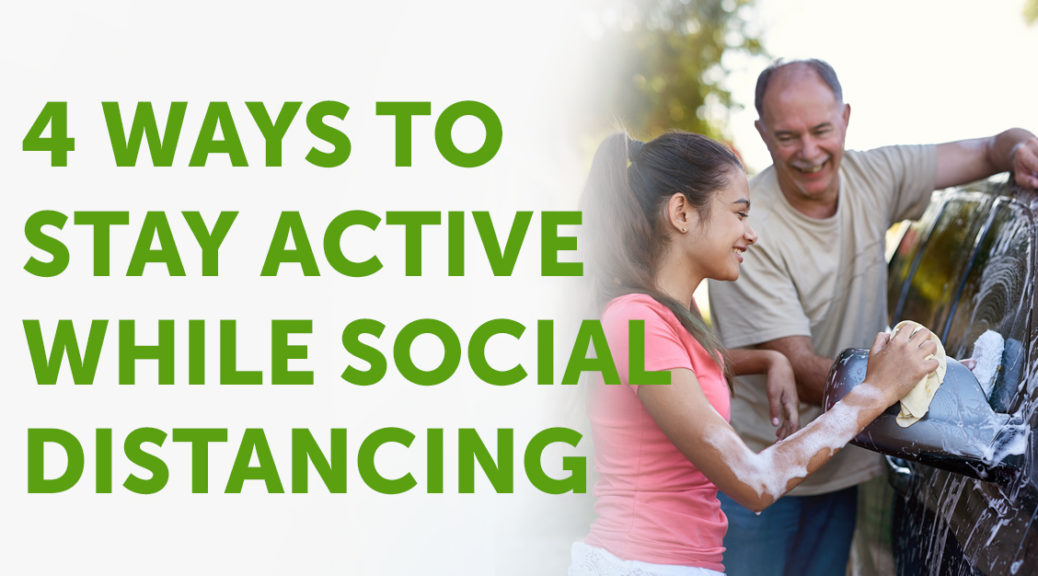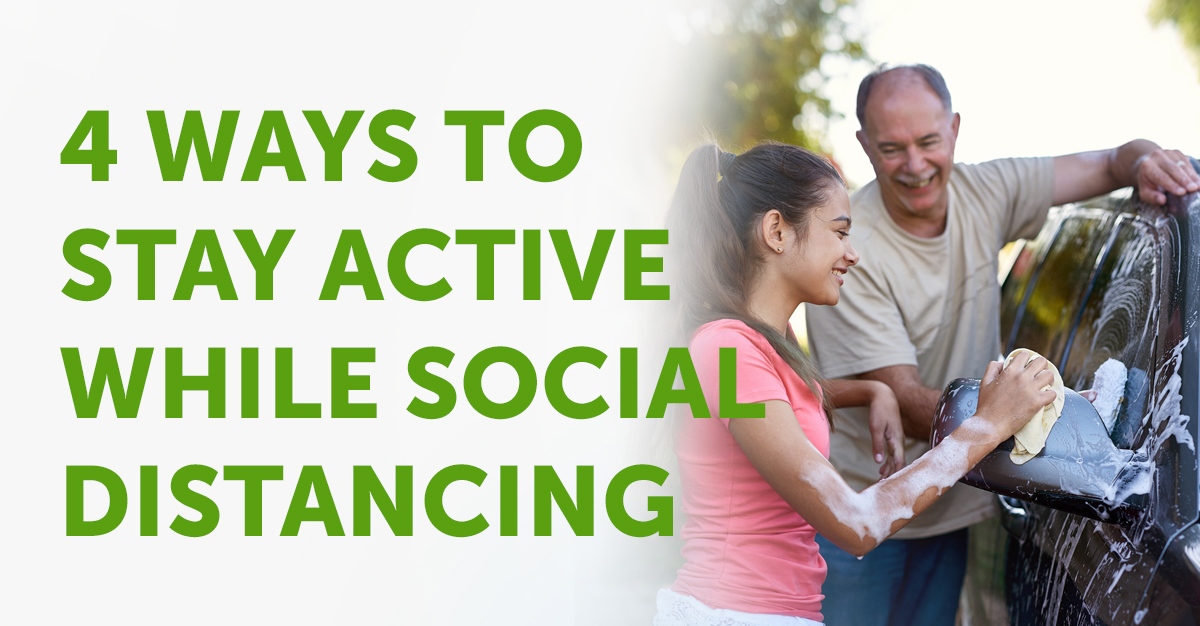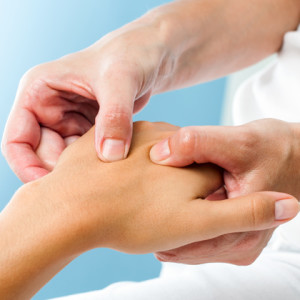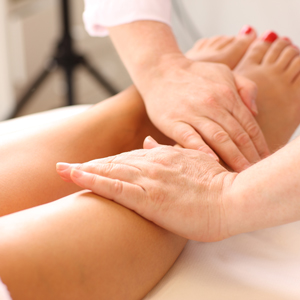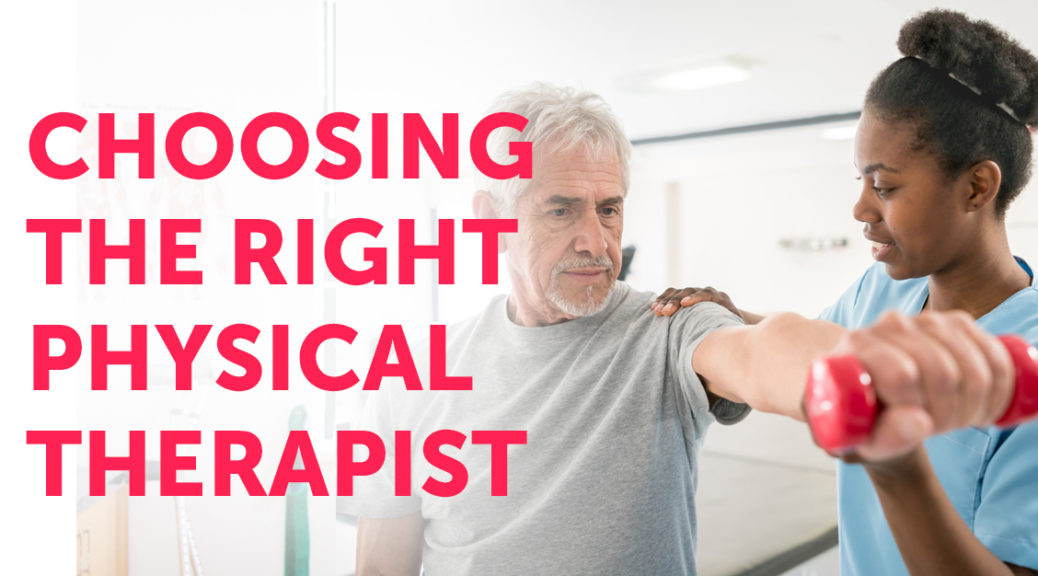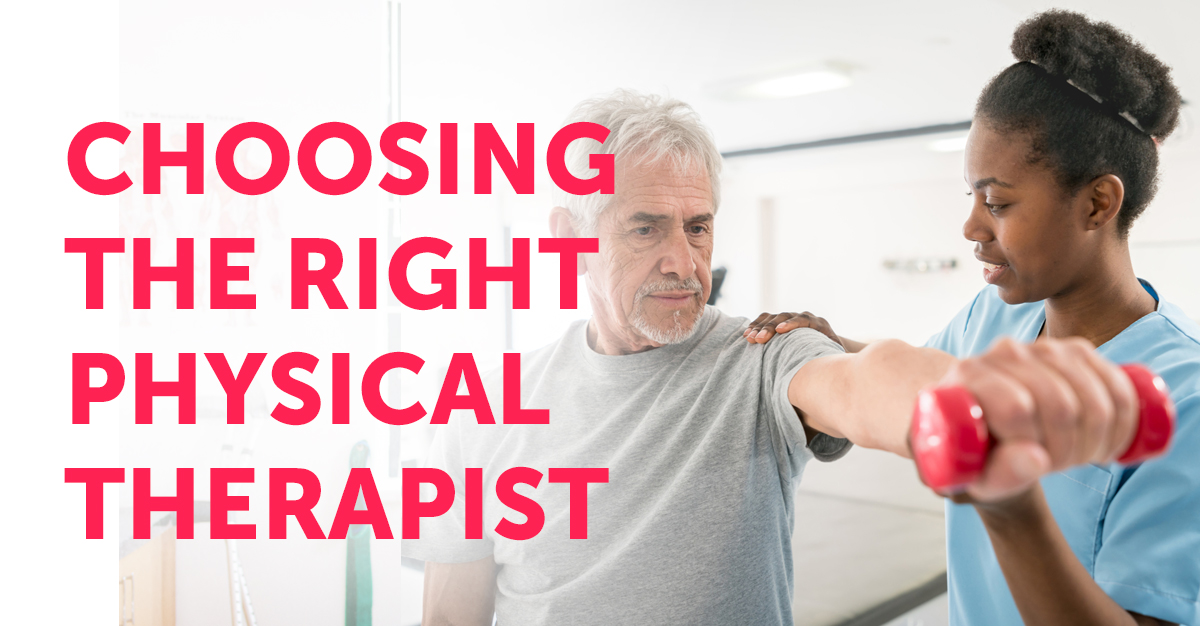
Whether it be from radiating pain down your leg from a herniated disc, or a frozen shoulder insidiously appearing, physical therapists provide non-invasive treatments that can give patients their life back when pain and dysfunction dominate their day-to-day happenings. Physical therapists manage a wide variety of ailments,
often quickly transitioning between rehabilitation for a reconstructed knee or shoulder, to eliminated debilitating cervicogenic headaches, to helping your newborn infant right their head when torticollis develops. When it comes to choosing the right physical therapist, most people have no idea what qualifies them to manage such a wide variety of diagnoses so efficiently and effectively.
Physical therapists are often considered to be an insurance-reimbursed personal trainer. So many times, patients enter my clinic asking for a “few stretches” so they can get back on their way. Therapy, however, encompasses more than providing patients with a workout. A physical therapist’s knowledge and education provides them with the foundation to not only treat your immediate diagnosis but to identify secondary diagnoses that may have been missed in your initial physician’s examination and to manage all of the concurrent problems that develop during your recovery. To do this, extensive knowledge and understanding of anatomy and all of the body systems is necessary.
Collegiate Physical Therapy Degrees
Physical therapists now need to attend school for a minimum of 7 years. This includes 4 years of prep work for the highly competitive application to graduate school, which tacks on the addition 3 years, at minimum. While in graduate school, a physical therapy student gains extensive knowledge of every system within the body. In addition to the obvious musculoskeletal system, the cardiovascular, neurological, and pulmonary systems are studied at length. This gives physical therapists the foundation for caring for a wide variety of patients including those with cystic fibrosis, acute heart attacks, spinal cord injuries, and ACL reconstructions. Clinical rotations are also fundamental to a physical therapist’s education. 20 percent of the physical therapist’s education is spent on full-time clinical rotations through most fields of practice. At the completion of graduate school, a physical therapist is awarded their degree, qualifying them to sit for the national physical therapy board examination. Some of the most common degrees that physical therapists have earned are:
PT (Physical Therapist)
A bachelor’s degree in physical therapy. This was the degree offered for years before physical therapists could become be licensed. Colleges and universities then transitioned the program into a master’s degree, which ultimately turned into a 3-year post-baccalaureate degree.
MPT (Masters of Physical Therapy)
A 2-year post-baccalaureate degree that provides graduates with the entry-level education necessary to be eligible for the board examination. This degree is no longer offered, in favor of all exiting students now receiving the DPT degree.
DPT (Doctor of Physical Therapy)
A 3-year post-baccalaureate degree that provides graduates with the entry-level education necessary to be eligible for the board examination. The added year in school is meant to provide students with more time in clinical rotations, exposure to business and management practices, and further education in research methods. This degree is now the standard for entry-level education and prepares students for direct access to physical therapy.
Additional Certifications
Much like physicians and nurses, school and learning do not stop when the graduation hat is tossed in the air; school is only the beginning of a life-long education process. Continuing education is the cornerstone of a therapist’s career. New research is always being published and medical techniques are always evolving within the broad field of medicine. Staying knowledgeable of these changes is necessary for a therapist to continue to provide their patients with superior care. Continuing education not only provides physical therapists to further their education on the latest and greatest but allows them to develop specializations in specific areas within the field. While every therapist takes a board exam at the end of school to become board-certified, therapists can also receive additional board-certifications when mastery of a subfield
is obtained. A few of the common additional certifications in the outpatient physical therapy field are listed below.
OCS (Orthopedic Certified Specialist)
A board-certified specialization in orthopedics that is earned beyond the entry-level degree which recognizes advanced clinical knowledge, skills, and abilities
in the orthopedics field. Candidates need to log a minimum of 2,000 direct patient care hours in their specialization field of practice and pass a
board examination to earn the distinction.
CSCS (Certified Strength and Conditioning Specialist)
Certified Strength and Conditioning Specialists apply scientific knowledge to improve an athlete’s individual training and performance. They may also make recommendations regarding nutrition and injury prevention. This certification is offered by the National Strength and Conditioning Association (NSCA).
Cert. MDT (Certified in Mechanical Diagnosis and Therapy)
This certifies a physical therapist in providing mechanical diagnosis and therapy of the spine, a method that has been proven to be both effective and efficient in the treatment of spinal pathologies. This certification is offered through the McKenzie Institute and requires candidates to participate in a four-part certification course, as well as pass a written and clinical examination upon completion of the course.
In an every expanding medical field with alternative treatments growing by the day, it is important to know your professional’s qualifications for their treatments and the knowledge they bring to each individual case. Mastery in a field often requires years of education and years of experience. While your therapist may provide a relaxed environment filled with what seems like simple exercise and manual techniques, he or she brings to your individual situation skills that have taken years to develop.
If you need help choosing the right physical therapist, find a physical therapy clinic near you and ask them about their specialties. Many physical therapists are proud of their skill sets and will be happy to go over any questions you may have!


